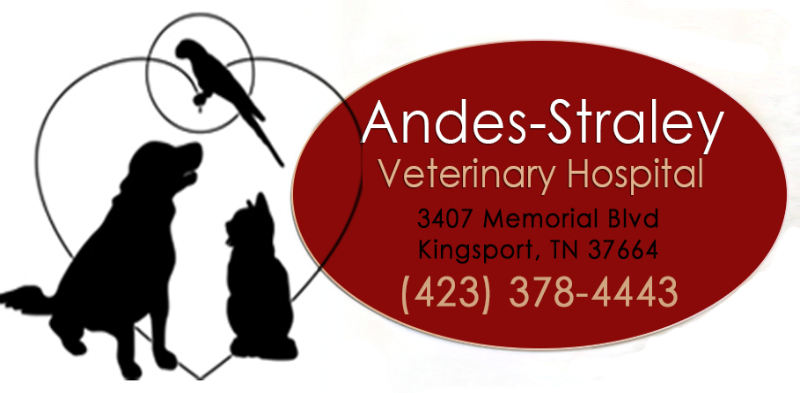Helping Your Pet Recover After Surgery
One would think that surgery would tire your dog out, but it’s often quite the opposite! Your pet may be ready to resume their usual routine a few hours after the procedure, but that doesn’t mean they’re fully recovered. Your post-op care responsibilities will depend on what kind of pet you have, your pet’s age, and the nature of the surgery. In general, here are a few guidelines to help your pet recover after surgery.
Take Care of Bandages
If your pet comes home with a bandage or a splint, be sure to monitor it carefully. If bandages are not kept clean and dry, it could lead to an infection. Change them as directed by your vet.
Keep an Eye on the Incision Area
Incisions should be dry, clean, and free of any leakage. If you notice the wound becoming crusty, bleeding, swelling, or oozing any discharge, gently dab the area with a wet paper towel. Some animals may develop a fascination with the incision site, licking the wound or chewing the stitches. This will could cause a bad infection. In some cases, the surgery will have to be performed again. No pet likes wearing the dreaded e-collar, but in some situations, it can’t be avoided.
Keep Your Pet Confined
Surgeries repairing broken bones will probably require your pet to have some downtime. Your pet should be discouraged from jumping, running, climbing furniture, or any activity that can elevate their heart rate. This can be hard, especially if you have a young pet who’s used to being able to play whenever it wishes. It’s best to isolate them in a quiet room with access to food, water, and a comfy bed.
Above all, it’s important to follow your vet’s instructions! Upon discharge, your vet will give you a care sheet or verbal instructions for looking after your pet post-surgery. Follow these rules to ensure that your pet is able to recover quickly! For more information, your friends at Andes-Straley Veterinary Hospital are always here to help animals in need.



